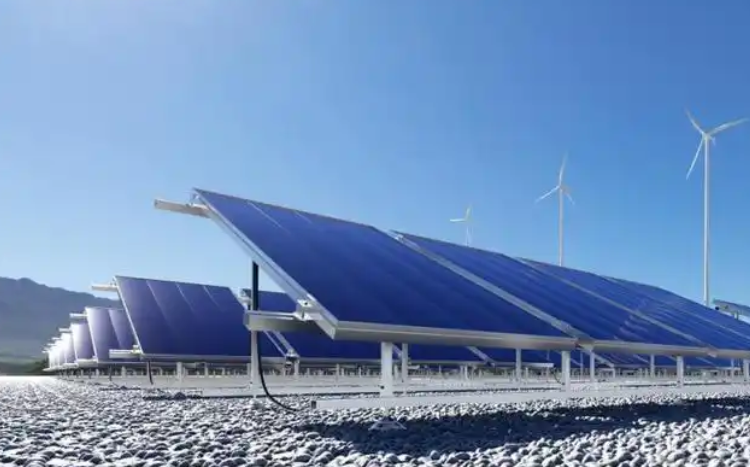Inverters are usually used in solar power generation systems, wind power generation systems and electric vehicle charging systems. The performance index of inverter is an important parameter to evaluate its conversion efficiency, stability and reliability. The following describes the performance specifications and test methods of the inverter.

1. Conversion efficiency: The conversion efficiency of the inverter refers to the energy loss when it converts the input direct current to the output alternating current. Ideally, the efficiency of the inverter should be as high as possible to maximize the use of the input energy. Conversion efficiency is usually expressed as a percentage and can be measured by performing a load test on the inverter in the laboratory.
2. Efficiency curve: The efficiency curve of the inverter refers to the efficiency change of the inverter under different loads. By drawing the efficiency curve, you can intuitively understand the energy efficiency performance of the inverter under different working conditions. Efficiency curve data can be obtained by testing the inverter under different loads in the laboratory.
3. Output waveform: The output waveform of the inverter should be as close as possible to pure sine wave to reduce interference to other equipment. The output waveform of inverter can be sampled and analyzed by instruments such as oscilloscope to evaluate its waveform quality.
4. Overload capacity: The overload capacity of the inverter refers to its ability to withstand more than the rated load in a short time. Overload capacity is very important for the stability of the inverter under sudden load conditions. The overload capacity of an inverter can be assessed by testing it for a short period of time with a high load in the laboratory.
5. Output voltage stability: The output voltage stability of the inverter refers to the fluctuation of the output voltage of the inverter under different input conditions. Stable output voltage can ensure the normal operation of connected devices. The output voltage stability of an inverter can be assessed by testing the input voltage variation in the laboratory.
6. Temperature characteristics: The operating temperature of the inverter will affect its performance and life. The temperature characteristics of inverters can be evaluated by testing them in the laboratory for long periods of operation at different temperatures.
In summary, the performance indicators and test methods of inverters are very diverse, including conversion efficiency, efficiency curve, output waveform, overload capacity, output voltage stability and temperature characteristics. Through the comprehensive evaluation of these performance indicators, the inverter suitable for specific application scenarios can be effectively selected to improve the performance and reliability of the system.



